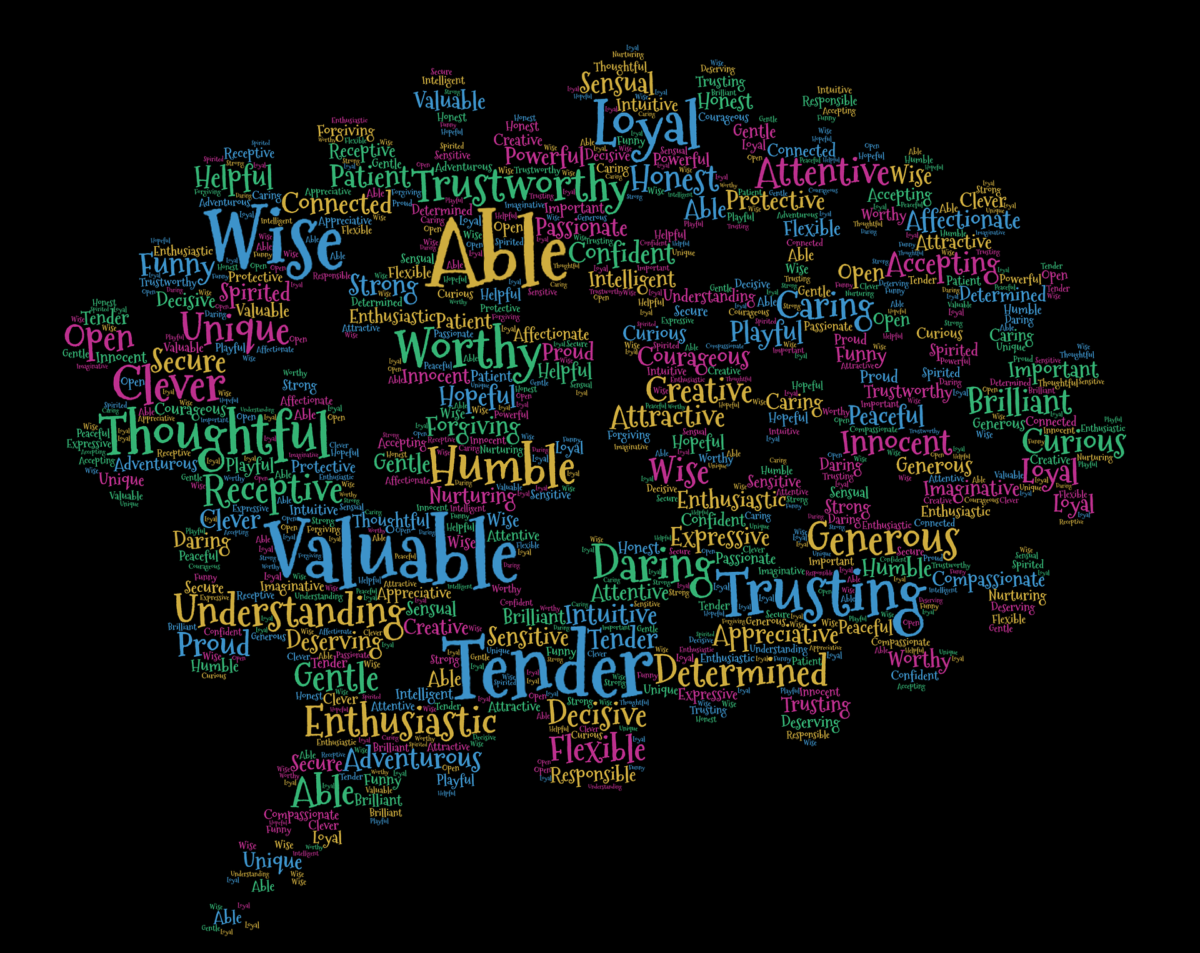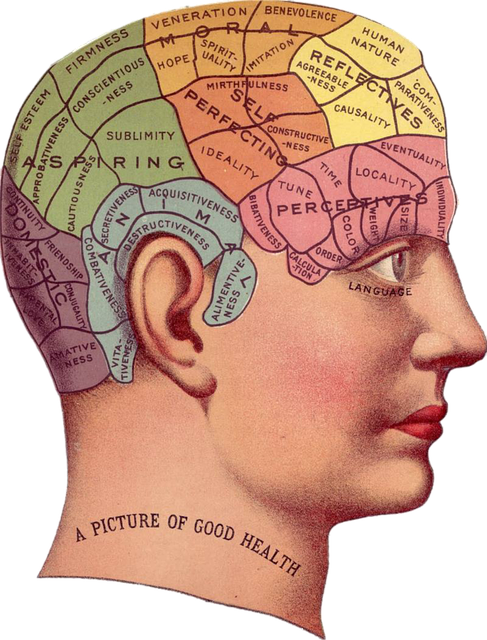Research has consistently shown that mindfulness can build our attention and concentration. Mindfulness, by definition, involves paying attention in a purposeful way “with openness and curiosity”. Mindfulness helps us to reclaim our attention and strengthen our concentration. Attention is one of the four pillars of learning, according to leading neuroscientist, Stanislas Dehaene. In his book, How We Learn: The New Science of Education and the Brain, he identifies the four pillars as follows:
- Attention – adds amplification to the information that we choose to focus on; it brings into clearer focus the detail and implications of what we are hearing and seeing.
- Active engagement – through curiosity, constantly testing our internal hypotheses and models of the external world; contrasted with passive learning where we only take in what others teach us.
- Error feedback – helps us to correct our hypotheses/models through comparison with reality; what happens when acting in the real world serves to provide feedback – confirmation or the need for correction/change.
- Consolidation – moves us to a state of “unconscious competence”; where we act automatically, but appropriately, in response to external stimuli. Making explicit our own learning and restful sleep assist this process of consolidation.
Attention’s role in learning
Stanislas highlights the fact that today we encounter multiple sources of distraction, including that of digital noise, which negatively impacts our attention and capacity to learn. Developing our attention, according to his research and that of other researchers, has three core benefits in terms of the learning process:
- Alerting – changes our level of vigilance by signalling when we need to pay attention.
- Orientating – indicates what we need to pay attention to and, in the process, highlights the detail of what we are interested in.
- Executive attention – the contribution here is on the how, the way in which to respond to the stimulus/task/challenge.
The growth of the executive function, tied to self-regulation, is itself a lifetime learning process. This function involves engaging the pre-frontal cortex of the brain – making decisions based on analysis and timely adaption rather than habituated and inappropriate responses. Stanislas demonstrates through sharing the results of different experiments how the pre-frontal cortex and this executive function develops from the age of 12 months and reaches a mature level around 20 years of age. These studies are fascinating in that they highlight how the brain attempts to process information that is seemingly contradictory and/or challenging to our habituated responses learned through prior experiences and information processing. He contends that the development of our pre-frontal cortex as we mature in age spontaneously results in the “development of attention and executive control”.
Stanislas cautions that we can still make mistakes and take inappropriate action through our selective perception as adults. Perception of threat (real or imagined), for example, can lead to the dominance of our amygdala and disengagement of our pre-frontal cortex, leading to a fight, flight or freeze response – resulting sometimes in an inappropriate action rather than “wise action” that can be developed through mindfulness.
However, Stanislas also emphasises that even in adulthood our brains are capable of plasticity – changing physical shape (including reducing the size of the amygdala and increasing the size of the pre-frontal cortex) and, in the process, strengthening executive control. Norman Doidge, in his book The Brain That Changes Itself, highlights the research that demonstrates how mindfulness increases this neuroplasticity.
Reflection
As we grow in mindfulness, we can enhance our attention and concentration – key components of learning identified by Stanislas. Concurrently, we can develop our self-awareness and self-regulation, learn to overcome habituated responses, and choose wise actions. Mindfulness improves our information processing by helping us to reclaim our attention in the face of endless distractions, including digital noise and overload. The openness and curiosity cultivated through mindfulness enriches our capacity to grow and learn.
___________________________________________
https://pixabay.com/photos/concerns-concerned-about-the-4944444/
By Ron Passfield – Copyright (Creative Commons license, Attribution–Non Commercial–No Derivatives)
Disclosure: If you purchase a product through this site, I may earn a commission which will help to pay for the site, the associated Meetup group and the resources to support the blog.



